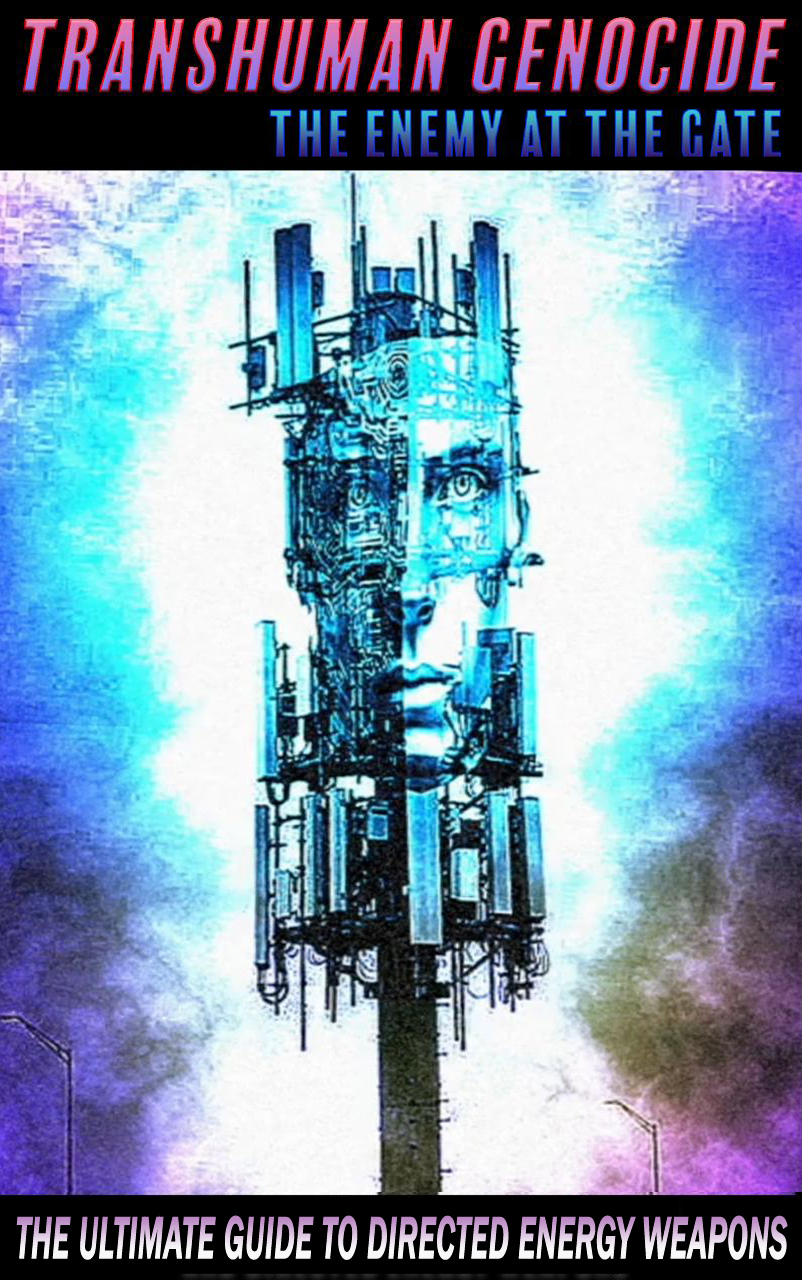Ghost Robotics’ Vision 60 boasts unparalleled adaptability, making it a prime candidate for various real-world applications. This cutting-edge Quadrupedal Unmanned Ground Vehicle (Q-UGV) offers impressive features, including extended endurance, high speeds, and robust payload capacities. Its deployment spans defense, commercial, and research sectors, showcasing its versatility in navigating diverse environments and fulfilling a range of missions.

The official narrative positions Ghost Robotics as a technological marvel, catering to the needs of industries ranging from defense to disaster response. However, beneath this facade lies a more sinister truth, as evidenced by the company’s involvement in supplying “killer robots” to Israel’s military, a fact that sparked public outrage and protest in Philadelphia. The alignment of Ghost Robotics with entities involved in conflict and militarization raises questions about the ethical implications of their technological advancements.
The pivot from the conventional view reveals a troubling connection between Ghost Robotics and the military-industrial complex, particularly concerning their role in arming state forces with potentially lethal autonomous machines. This alliance points to a deeper agenda at play, where advancements in robotics are harnessed not just for defense but for control and surveillance, blurring the lines between civilian and military applications.
Building on this revelation, the intertwining of Ghost Robotics with defense contractors like Day & Zimmermann underscores a pattern of collaboration in the development and deployment of advanced technologies for militaristic purposes. The timeline of events, such as the protest in 2024 against Ghost Robotics and its complicity in supplying equipment to the IDF, highlights the urgency of addressing the ethical dimensions of such partnerships and their implications for global security.
The implications of this techno-military alliance extend far beyond the streets of Philadelphia, impacting communities worldwide. The increasing integration of autonomous systems in defense and security operations raises concerns about the erosion of human agency, the escalation of conflicts, and the potential for widespread surveillance and control. Vulnerable populations, especially those in conflict zones, bear the brunt of these developments, facing heightened risks and diminished autonomy in the face of automated warfare.
In closing, the intent behind Ghost Robotics’ collaborations with defense entities is clear: to advance a network of autonomous capabilities that serve the interests of the military-industrial complex. Through strategic partnerships and technological innovations, the means to exert control, conduct warfare, and surveil populations are consolidated, offering unprecedented power to those in command. The opportunity to reshape the landscape of conflict and governance through autonomous systems is seized, marking a pivotal moment in the evolution of control and domination.
Looking ahead, the trajectory of Ghost Robotics’ involvement in military applications signals a broader shift towards a future where autonomy, surveillance, and control converge in unprecedented ways. As the boundaries between civilian life and warfare blur, the implications for global security, human rights, and ethical governance become increasingly significant. The choice between unchecked technological dominance and a future rooted in accountability and justice rests in the hands of those willing to confront the realities of this emerging paradigm.

